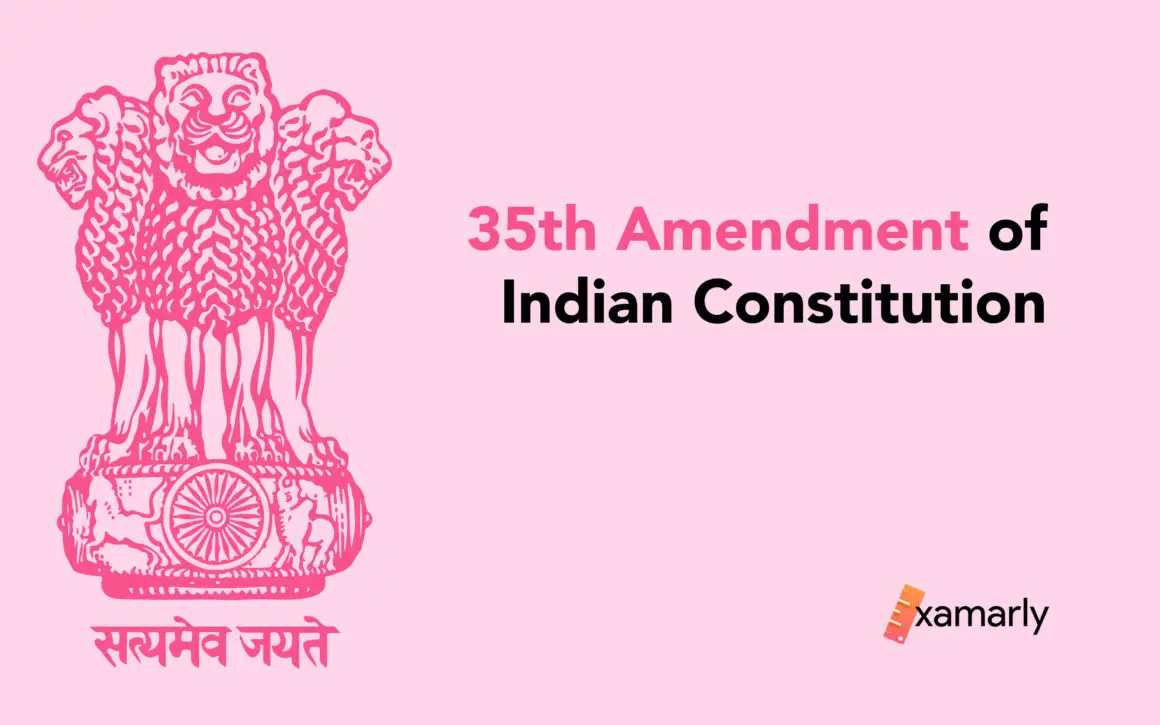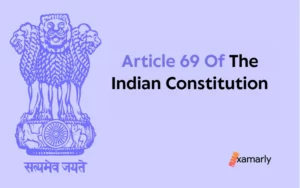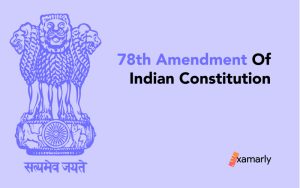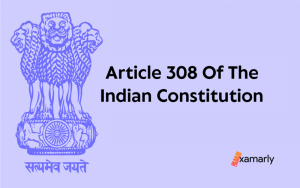The 35th Amendment of the Indian Constitution deals with the appeal raised by the Sikkim government to include them as an associate state in India. In simple words, the people of Sikkim wanted to fill the gap between them and India and thus demanded the special status of an associate state.
This article looks at the historical background of the amendment, its key features, and the aftermath it brought along with it.
- Historical Perspective Of The 35th Amendment Of the Indian Constitution
- Salient Features Of The 35th Amendment Of the Indian Constitution
- Responsibilities Of The Indian Government
- Representation Of The Sikkim People
- Aftermath Of The 35th Amendment Of the Indian Constitution
- Special Provisions Relating To Sikkim
- Landmark Judgments
Historical Perspective Of The 35th Amendment Of the Indian Constitution
Having passed in the year 1974, this historic agreement strengthened the relations between India and Sikkim and also gave the way for the establishment of Sikkim as a full state in India which was accomplished in the 36th Amendment.
The 35th Amendment of the Indian constitution was enacted by the Indian Parliament in 1974. Prior to 1974, Sikkim was granted the status of Protectorate state of India, however, In this amendment, the state of Sikkim was given a status of an “associate state”, and later on a full-fledged state (36th amendment).
The benefit of the associate state over the protectorate state was the end of the Monarchy system in Sikkim and the allocation of one seat each in both the Lok Sabha and the Rajya Sabha.
This felt necessary to the Sikkim people and the government because they wanted to have a close association with the Indian government and participate equally in all political activities and representations.
Salient Features Of The 35th Amendment Of the Indian Constitution
The 35th Amendment of the Indian Constitution observed the insertion of Article 2A and the tenth Schedule (10th schedule) in the constitution. Article 2A stated that Sikkim was associated with the Union while the tenth schedule emphasizes the special conditions of association between the Union and Sikkim.
Responsibilities Of The Indian Government
The Indian government had the following responsibilities towards the Sikkim state:-
- Protection of territorial integrity of Sikkim and defense of the state.
- To work for the economic and social development of the state.
- Conducting and regulating the external relations of Sikkim, be it political, economic, or financial.
- To build, maintain and regulate the Indian railways, posts, telephones, wireless installations, air navigations, and landing grounds in Sikkim.
- To secure the administration and harmony in the state.
- To make sure that every student of Sikkim receives equal opportunities and facilities in terms of education and employment, even in Indian public services with no discrimination.
- And lastly, ensure greater participation in Indian political institutions.
Related – 35th Amendment in Constitution of India | 35 Constitutional Amendment
Representation Of The Sikkim People
Sikkim has seen the journey from a monarchy system to an associate state and to finally a full-fledged state.
The 35th Amendment of the Indian Constitution gives the Sikkim people the right to represent themselves in the Legislative Assembly and various political institutions. This amendment inculcated among the people a sense of belongingness and equal rights as any other citizen.
The provisions laid down were as follows:-
- Allocation of one seat each in both the Lok Sabha and the Rajya Sabha.
- Sikkim assembly was responsible for selecting the Rajya Sabha representative while the selection of the Lok Sabha representative was to be directly done by the Sikkim people.
- There were no special qualifications needed to become a representative of Sikkim. The criteria were the same for both the representatives and the members of the Sikkim Assembly.
- The people representing both the Lok Sabha and the Rajya Sabha should be considered as the members of respective houses irrespective of anything, except those who are related to the President and the Vise President.
- Any issues concerning the disqualification should be looked upon by the President and the decision was to be made after thorough consultation with the Election commission.
Aftermath Of The 35th Amendment Of the Indian Constitution
The 35th Amendment of the Indian Constitution was followed by the 36th Amendment act which witnessed changes in the previous orders. While the 35th amendment act classified Sikkim as an Associate state, the coming of the 36th amendment act made Sikkim a full-fledged state in India.
In simpler words, the state of Sikkim was now visualized as a part of India and has become the 22nd state of the country. With this implementation, the tenth schedule was shut out, and the amendment was given formal consent by the states consistent with Article 368 of the Indian constitution. This new amendment also revised Articles 80, and 81, the First schedule and the fourth schedule.
Special Provisions Relating To Sikkim
The 36th amendment act came along with the insertion of Article 371-F which is related to special provisions for Sikkim-
- The legislative Assembly of Sikkim state should not consist of less than 30 members with the same power and functions as that of members of the State legislative assembly.
- The Parliament was given powers to make arrangements for the elections of the members of different sections of Sikkim to the Sikkim legislative assembly.
- The responsibility for peace, communal harmony, and social and economic development was of the Governor of Sikkim.
- The President of India had the power to modify any previous laws before the amendment so as to ensure the proper functioning of the state.
Landmark Judgments
Since these were two of the major amendments, there were three Landmark judgements regarding the 35th and 36th amendment acts.
- State of Sikkim vs Surendra Prasad Sharma (1994):- This judgment was based on the unique opinion poll which took place on 14th April 1975 and changed the history of India. This poll was in regard to the 36th amendment act and was responsible for admitting Sikkim as a full-fledged state in India. The request was specially made by the Chief Minister of Sikkim and as a result of which Sikkim was added as the 22nd state of India.
- Nirmala L. Mehta v. A. Balasubramaniam (2004):– The case was of tax deduction in a lottery. The petitioner claimed that the tax was deducted before the prize money was awarded to her, but, while filling up the income tax return form, she could not claim the tax amount as a deduction as the authority refused the plea. The solution was then made as per the income tax laws of India.
- R.C. Poudyal. v. Union of India (1993):– The petition was made against article 371-F about the reservation of seats in the Sikkim Assembly. The petitioner claimed that these provisions violated Articles 14, 15 and 371-F. The judges concluded that the reservations were beneficial for the minor communities that could not take advantage of the representation in the state assembly.
See Also – 34th Amendment Of Indian Constitution
Conclusion
There have been many Constitutional Amendments in the history of India resulting in more secure and stable laws. Two such amendments have been described in this article, viz, 35th Amendment of Indian constitution and 36th Amendment in the Indian constitution. While the 35th Amendment act was responsible for granting the status of Associate state to Sikkim, 36th Amendment proved to be a step ahead and gave Sikkim, a status of a full-fledged state.
Sikkim state was freed from the Monarchy system and these amendments have made the state a prominent part of the Indian constitution by giving equal opportunities to the people of Sikkim in terms of education and political careers.
The Sikkim people were granted one seat each in both Lok Sabha and Rajya Sabha and those can be terminated or disqualified only after the president says so. Moreover, the government of India would look into the defense, peace, and territorial integrity of Sikkim, etc.
These amendments also paved the way for the insertion of many articles, all of which ensured the smooth functioning of government.
In conclusion, the 35th and the 36th Amendments acts were necessary and gave the people of Sikkim the sense of their freedom of speech, fundamental rights and belongingness in the country.






